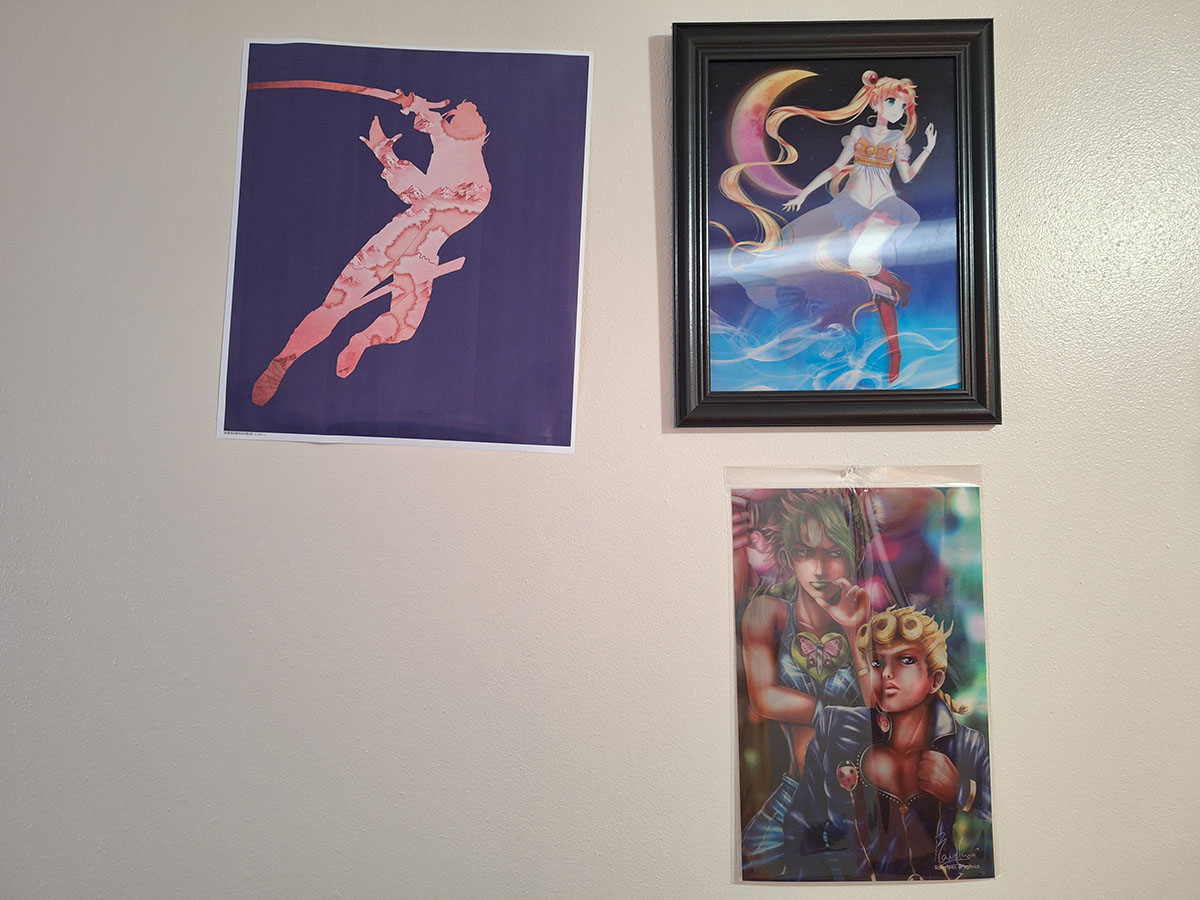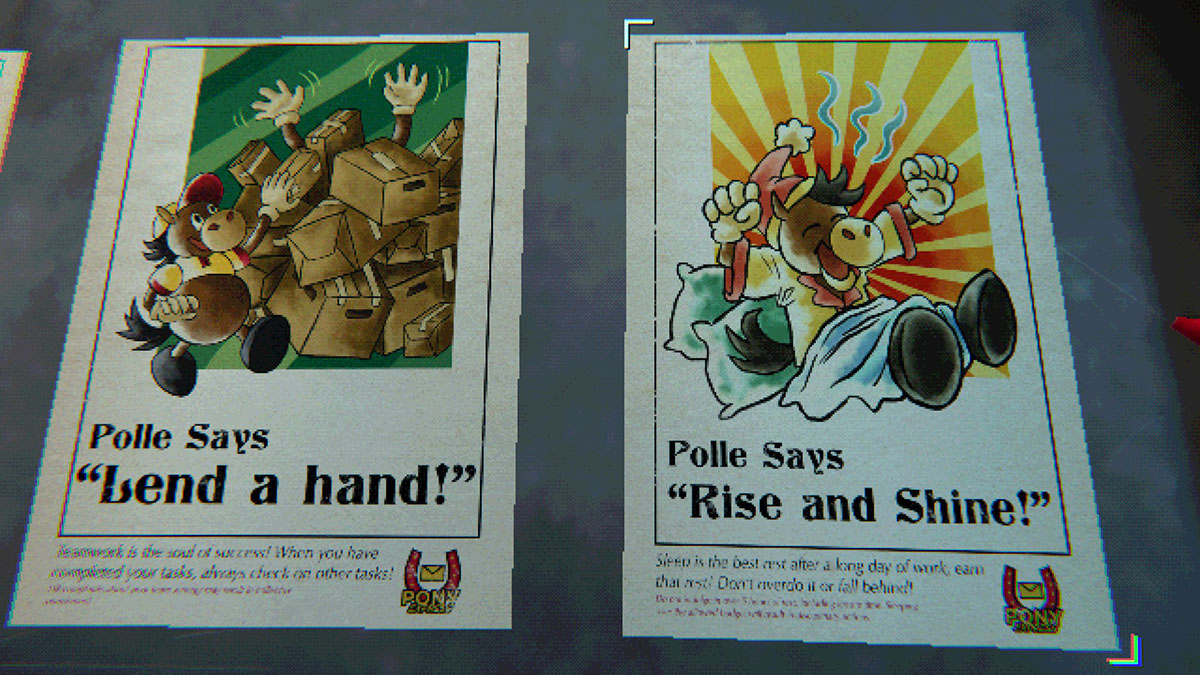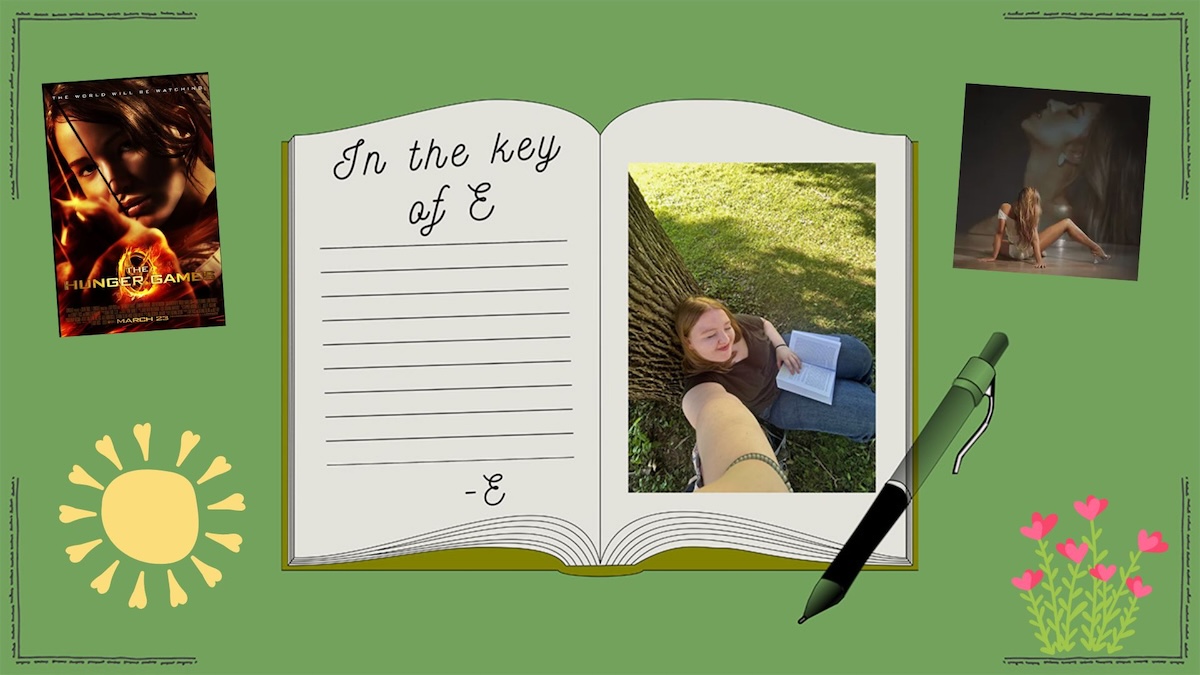From young men in nice suits, to enthralled kindergarteners, to parents and grandparents on Facebook, it seems like people from all walks of life love the Minions. Merely comic relief in the first “Despicable Me” film, the Minions have taken over the franchise and popular culture as a whole.
Universal appeal is a rare thing these days. When I say the Minions have universal appeal, I’m not saying that everyone likes them. Quite the opposite. Many people find them obnoxious and overexposed. What I’m referring to is the fact that Minions transcend demographic boundaries, most notably age.
There’s something ironic about the Minions’ popularity among older viewers. Animation has been trying to court adults for years with off-color humor, pop culture references and self-aware cynicism. Yet, the childish antics of these yellow henchmen have had a wider impact.
What is it about the Minions that makes them so widely appealing? The easiest place to start is with their simple design. A Minion is essentially a bright yellow pill with overalls. Their eyes are their most human feature and have realistic colors and textures compared to the rest of them.
Another explanation is that the Minions are slapstick. In fact, director Pierre Coffin based them on silent films. “[T]hey harken back to the original cartoons that took off as theatrical shorts: “Looney Tunes,” Danny Cox said in an article for “Collider.” “Looney Tunes” was built on creative humor using slapstick and animation itself to make high-octane comedy.
One of the most compelling things about the Minions is how they combine innocence and villainy. As explained in their 2015 feature, Minions evolved to worship evil and actively seek out whomever they perceive as the baddest bad guy to serve.
While they may have a childlike quality, Minions are not quite good. They are essentially beyond morality and beyond rules. Minions do whatever they feel like, usually without consequences. They don’t worry about anything. This perhaps makes them escapist or cathartic characters.
I wouldn’t call myself a Minions superfan, but I find them refreshing. Minions may be constantly pushed in corporate promotion. They might be one of the most popular and mainstream characters in the past decade. Yet, there is something about them that stands out from the rest of popular culture.
We’re becoming an increasingly language-based culture. The rise of smartphones, texting and social media has left the average person doing more reading than ever. Studies show that Generation Z prefers to watch movies and TV shows with subtitles, which to some extent makes watching videos a form of reading.
Minions are the opposite of this. Their appeal is mostly visual as they don’t have any intelligible dialog. They remind us of a time before words dominated, whether that be old cartoons, the silent silver screen or even our own early childhoods.
Furthermore, Minions strike a balance between distinct personality and simplicity. From their stripped down design to their slapstick antics, they’re a distillation of popular animation and film traditions.
Holmes can be reached at [email protected].








